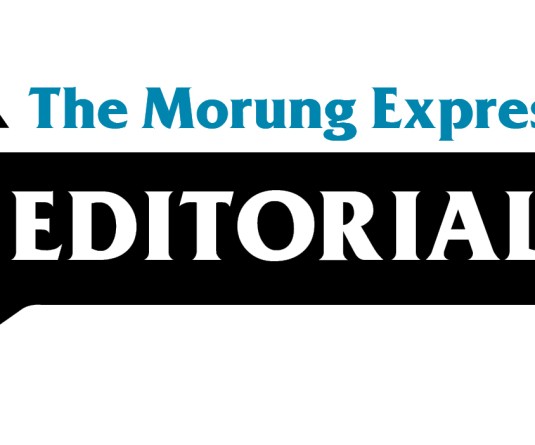
Akangjungla
The changing landscape of Nagaland presents a critical juncture for its people. The relentless replacement of lush habitats with concrete infrastructure, while promising economic growth, demands an urgent reassessment of what true development entails. The fading memories of native plants, local cherry blossoms and wild sunflowers, once lining village pathways, and the alarming scarcity of common plants like soil-anchoring broom grass, are not merely aesthetic losses but indicators of a deeper ecological imbalance. The current model of development has yielded questionable returns. The chase for development projects has come at a significant cost to environmental sustainability, raising grave concerns for the well-being of both present and future generations.
A balanced approach to development, one that prioritises environmental sustainability and community well-being, is an urgent need which surfaces in climate and development related discourse. In the local context, it is commonly understood that by embracing participatory development and reconnecting with indigenous knowledge, the Naga people can forge a path toward a sustainable future. Globally, studies increasingly confirm that forests under indigenous management are healthier, store more carbon, and support greater biodiversity. This underscores the immense value of traditional knowledge systems that view nature as a sacred trust to be stewarded, not a mere resource to be exploited. Yet, indigenous communities, including those in Northeast, continue to face threats to their ancestral domains from large-scale projects often disguised as development.
The way forward requires a fundamental shift. The concept of development must be redefined beyond mere infrastructural growth. If the dream of a better tomorrow manifests as floods, droughts and landslides, then it is very definition for the Naga people must be reconsidered. There is a pressing need to return to a participatory model of development, modeled by ancestors, which engages the entire community in dialogue and decision-making. This approach, rooted in a deeper understanding of the symbiotic relationship between progress and the protection of nature, is not a rejection of advancement. It is a call to harness traditional wisdom and collective strength to build a resilient, self-sufficient, and truly flourishing Nagaland. The struggle for a sustainable future is inextricably linked to the stewardship of the land and preserving it for all generations to come.
Comments can be sent to akangjungla@gmail.com






